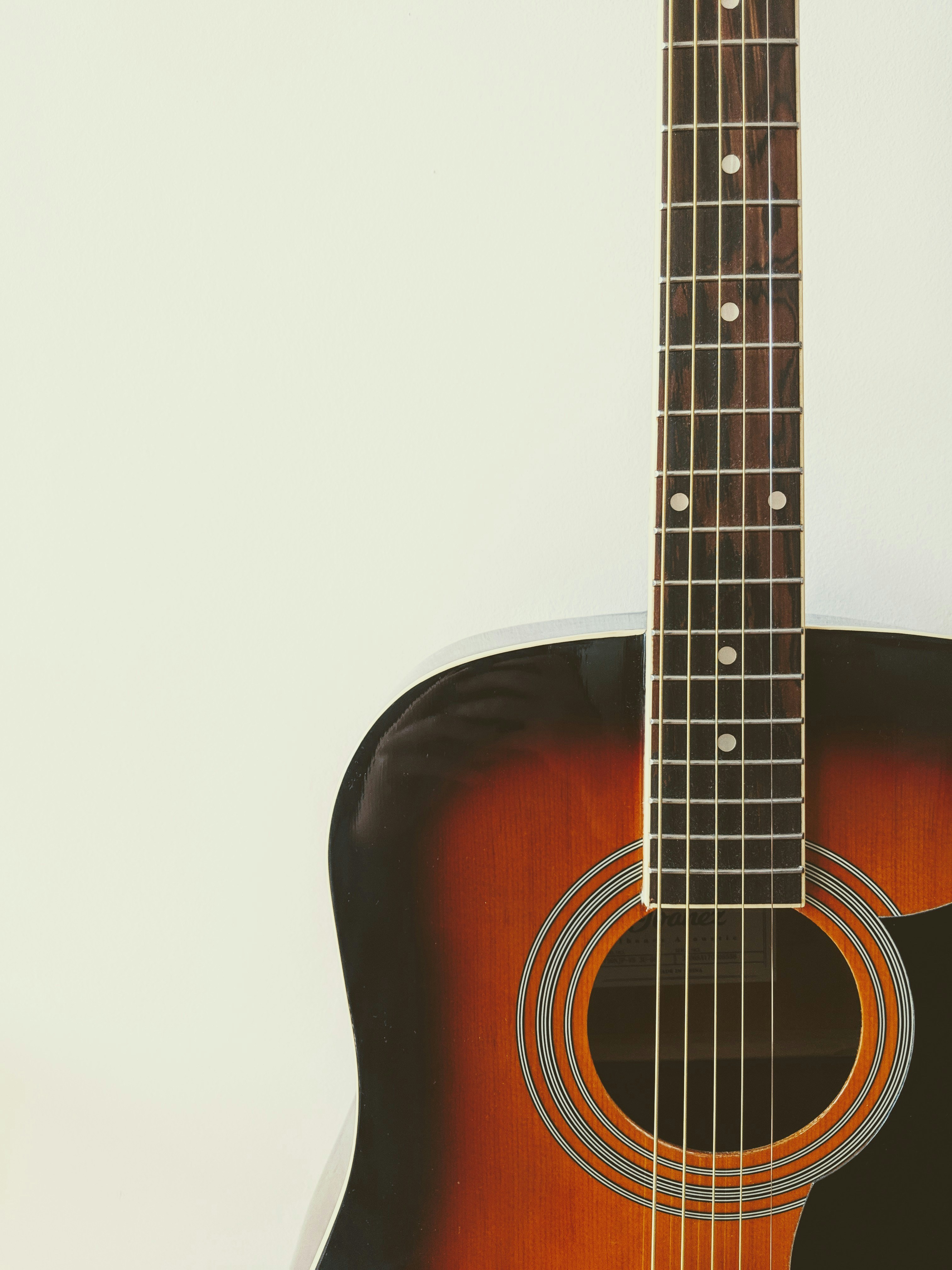Basic Guitar Setup Guide
Introduction
A proper guitar setup ensures optimal playability, improved tone, and better tuning stability. This guide will walk you through the four main aspects of a basic guitar setup: neck relief (truss rod), string height (action), intonation, and pickup height adjustment.
Required Tools

Capo
For checking neck relief

Allen Wrenches
Various sizes for truss rod and bridge adjustments

Precision Ruler
For measuring string height and relief

Accurate Tuner
For intonation adjustment
Preparation
Before starting any adjustments:
- Clean your guitar thoroughly
- Install fresh strings
- Let the strings stretch and settle
- Work in a well-lit area
- Have all tools ready
Truss Rod Adjustment
The truss rod controls the neck's relief (bow). Proper relief ensures clean fretting and prevents buzzing.
How to Check Neck Relief
- Tune your guitar to pitch
- Place a capo on the first fret
- Hold down the low E string at the last fret
- Check the gap between the string and the 8th fret
- Target gap: .010" (0.25mm) for electric guitars
- Slightly more for acoustic guitars
Making the Adjustment
Never force the truss rod. If you feel significant resistance, stop and consult a professional.
- Locate the truss rod adjustment point (usually at headstock or heel)
- Use the correct size allen wrench or nut driver
- Make small adjustments (1/8 to 1/4 turn maximum)
- Clockwise = Straightens neck (reduces relief)
- Counter-clockwise = Adds relief
- Wait 10 minutes between adjustments
- Recheck measurements
String Height (Action) Adjustment
String height affects playability and can influence string buzz. Different players prefer different action heights.
Recommended String Heights (measured at 12th fret)
Electric Guitars
- Low E: 4/64" (1.6mm)
- High E: 3/64" (1.2mm)
Acoustic Guitars
- Low E: 7/64" (2.8mm)
- High E: 5/64" (2.0mm)
Adjustment Process
- Ensure proper neck relief first
- Measure current string height at 12th fret
- Adjust bridge saddle height
- Most bridges use small allen screws on each saddle
- Make equal adjustments on both screws
- Keep saddle level for even string contact
- Check for buzzing across all frets
- Fine-tune as needed
Intonation Adjustment
Proper intonation ensures your guitar plays in tune across the entire fretboard.
Checking Intonation
- Tune each string to pitch
- Compare the open string note to the 12th fret harmonic
- Compare the open string note to the fretted 12th fret note
- If fretted note is sharp: Move saddle back
- If fretted note is flat: Move saddle forward
Making Adjustments
- Locate the saddle adjustment screws
- Loosen string slightly to reduce tension
- Make small adjustments (1/4 turn at a time)
- Retune and recheck
- Repeat process for each string
Pickup Height Adjustment
Pickup height affects tone and output. Too close can cause magnetic interference with strings.
Recommended Distances
Bridge Pickup
- Bass side: 1/16" (1.6mm)
- Treble side: 1/16" (1.6mm)
Neck Pickup
- Bass side: 3/32" (2.4mm)
- Treble side: 3/32" (2.4mm)
Adjustment Process
- Press first and last fret of outer strings
- Measure from string to pickup pole piece
- Adjust height screws on both sides of pickup
- Keep pickup level for balanced output
- Test and fine-tune based on playing style
Troubleshooting Common Issues
String Buzz
- Check neck relief
- Verify string height
- Look for high frets
- Check nut slot depth
Tuning Issues
- Check nut slots for binding
- Verify string trees
- Examine bridge stability
- Check tuner functionality
When to Seek Professional Help
Consider consulting a professional guitar technician if you encounter:
- Significant truss rod resistance
- Persistent buzzing after setup
- Uneven frets
- Nut issues
- Bridge or structural problems

